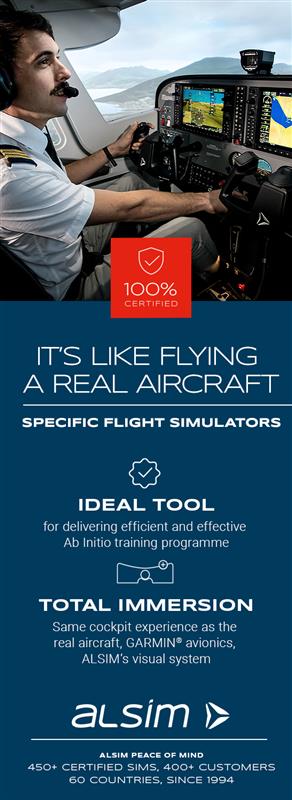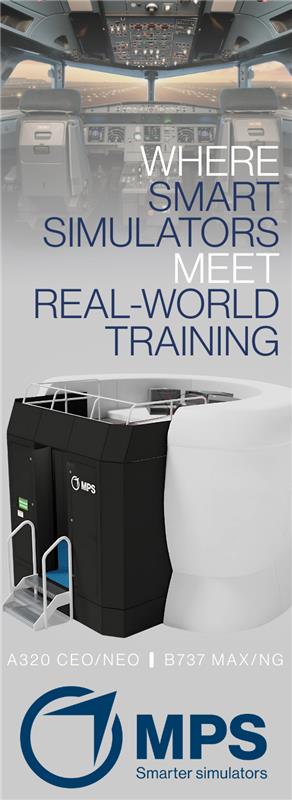Air Force New Trainer Jet on Track for 2027 Operational Capability Amid Delays
USA – The U.S. Air Force’s next-generation training program for pilots, centered on the new Boeing-Saab T-7A Red Hawk, has achieved multiple development milestones despite a schedule running three years behind. The Air Force now targets initial operational capability by 2027, with several advancements in both the aircraft and its ground-based training systems expected to further optimize pilot training efficiency and cost-effectiveness.
- Boeing and Saab recently delivered three T-7A aircraft to support the Air Force’s flight test program, slated for completion by late 2025.
- The T-7A training ecosystem features an integrated ground-based training system (GBTS), designed by Boeing, and equipped with cutting-edge LVC (live-virtual-constructive) simulation technology.
- This system connects training devices and aircraft in real-time, enabling a high-fidelity, “as-real-as-it-gets” training experience through 8K high-resolution projectors, embedded training, and modular open architecture.
- Boeing’s suite of devices, developed with Advanced Simulation Technology’s Voisus product, supports training from entry-level flight through advanced fighter maneuvers, helping pilots practice complex scenarios on the ground to reduce in-air training time and costs.
- The Air Force plans to advance these systems further by incorporating augmented, virtual, and mixed reality training for future missions, with updates deployed across both training devices and aircraft through a centralized software update system.
- Future upgrades for the T-7A training program will include a dedicated suite of maintenance training systems, with a contract expected in early 2025.
Statements:
- “With the architecture we have, we can quickly field enhancements… future mission sets can be incorporated rapidly,” said Mike Foust, Boeing’s Director of T-7 Training and Product Support.
- “You could have everybody airborne at the same time… [embedded training] gives the pilots the flexibility for training in the air, on the ground, or with a mix of both,” said Col. Robert Volesky, T-7 Division Chief at the Air Force.
- “The T-38 fleet is getting costly to maintain… we want to give our Air Force pilots a safer aircraft to be trained in,” Volesky added.
Source: US Air Force, Boeing and ASTi
You may also check our Terms and Conditions for our Content Policy.
Searching for specific information – kindly contact us to see if we can assist you.
Check out the more than 18054 relevant pilot training industry updates here.




